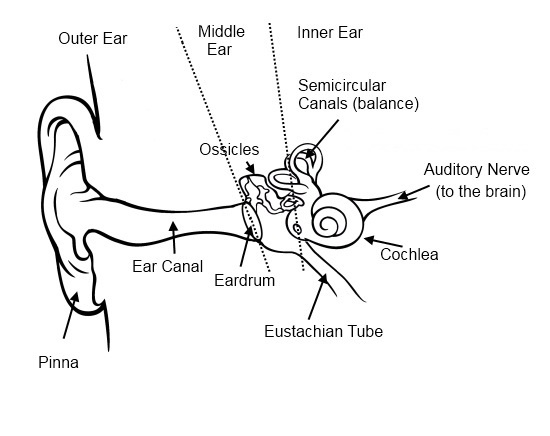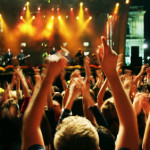Musician Tips: Hearing Loss - Updated Sept 17, 2020
While we musicians know the beauty of creating as well as listening to music, too many of us take our hearing for granted. Like so many other things in life, when it comes to matters hearing loss, the attest idiom would read as follows: You never miss the water until the well runs dry. In today’s article, we’d like to put the guitar down and share with our readers some important information about hearing loss.
The Basics Of Hearing Loss
To understand the progression of hearing loss you need to have a basic understanding of the structure of the ear. The ear can be divided into the three parts which include: The outer ear, the inner part of the ear and the middle ear. The outer ear is the visible part of ear, the middle ear –which is separated from the ear canal by an ear drum- houses small bones that transfer vibrations to the inner part of the ear. The inner ear converts these vibrations into nerve impulses which the brain will interpret as a voice, a bang, a clap etc.

Human Ear Diagram
Typical hearing loss kicks in when the nerve endings in inner part of the ear begin to degenerate. And once these nerve endings are damaged, they can never heal, making the loss permanent. Furthermore, while many of us know that extremely loud sources can obviously cause damage, most cases of hearing loss happen from repeated exposure to moderate levels of noise for many years.
How Loud Is Loud?
The measure of the intensity of sound referred to as decibels, measured ranges from 0 to 180; zero decibels could represent the faintest human whisper whilst the other extreme end of the scale could be represented by the sound of a jet engine when a rocket prepares to launch. Exposure to noise louder than 70dB over 24 hours will damage hearing. Prolonged exposure to noise levels above 80 decibels (dB) could result in permanent hearing loss. Some decibel levels are listed below (taken from Hearing Health Foundation).

As a side note, it is very important to understand that the other measure of sound vibration is the pitch. This measure of frequency of sound vibrations per seconds and the unit of measure is referred to as hertz or kilohertz. What this means is that the loss of high-frequency hearing could be translated to muffled sounds when hearing high pitch sounds.
Steps to Protect Your Ears
- Use earplugs, especially during long sets onstage, extended recording sessions or near loud amps at concerts.
- When listening to music on headphones, follow the 60/60 rule which roughly translates to something like this – don’t listen to music at more than 60% volume for over 60 minutes each day.
- Give your ears time to recover, which basically means that you give the ears a breather- no stuffing ears with earphones that are blaring music or being in an environment that is blaring loud music multiple times a week.
While it might seem uncool to have ear plugs on stage or at a concert, it can mean the difference between healthy ears and hearing loss. Furthermore, they aren’t noticeable and I have yet to bump into someone at a show who is purposefully looking to make fun of those wearing ear plugs. The music business is already tough enough. Why make it harder on yourself by handicapping your hearing?
Your Turn to Sound Off!
Do you take steps to prevent hearing loss? Why or why not?
Let us know in the comment section below!
Updated: September 17, 2020

